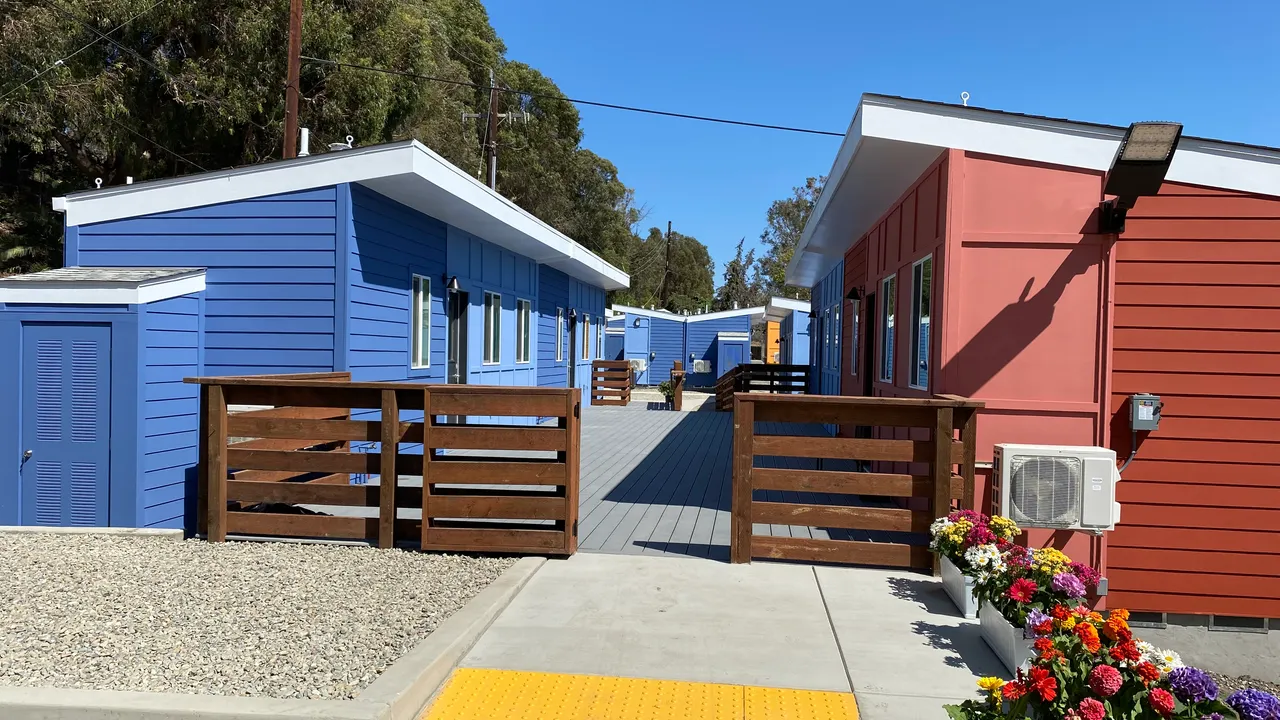“Not in My Backyard” is one of the common roadblocks to helping the homeless. NIMBY, an acronym for “Not In My Backyard,” describes the phenomenon in which residents of a neighborhood designate a new development (e.g. shelter, affordable housing, group home) or change in occupancy of an existing development as inappropriate or unwanted for their local area.
The opposition to affordable, supportive, or transitional housing is usually based on the assumed characteristics of the population that will be living in the development. Common arguments are that there will be increases in crime, litter, thefts, and violence and that property taxes will decrease. The benefits for the residents of the development are often ignored.
It’s so much easier to not feel guilty or shame for not helping if you don’t have to see those less fortunate than yourself each day. The latest example of NIMBY was in Oklahoma City where a Kansas City-based veterans group was going to put in NICE tiny homes in NE Oklahoma City. What’s maddening is this wouldn’t have cost those opposed in the neighborhood anything! Nada! Plus in this case, the worry about property values declining was unfounded. The tiny homes that this non-profit organization was going to build are NICE! In other areas where they have done this property values actually increased.
Other examples of NIMBY include projects in both New York City and Boston to convert hotels into transitional housing. Both projects were defeated even though the hotels sat empty.
Communities everywhere are facing unique challenges in understanding and responding to homelessness given the increasing visibility of homelessness, and the demand by community members to ‘do something’ to maintain smaller suburban identities.
As a result, mid-sized cities struggle to develop evidence-informed policies and practices that are appropriate for their resource and contexts. Often in these situations, law enforcement is called to manage the optics of homelessness, particularly in commercial areas. These interventions lead to temporary band-aid solutions that further marginalize and exclude people experiencing homelessness and further exacerbate systemic problems that criminalize poverty.
It was a case like this last here in Tulsa where businesses along the main ‘north/south’ artery and the road known as “restaurant row” was seeing more homeless individuals. They demanded authorities, “Get rid of the homeless!” That was the moment that crystallized everything for me and led me to my motto, “Instead of getting rid of the homeless, let’s get rid of homelessness.” It’s a tall order, one that will be extremely difficult…but not impossible.
